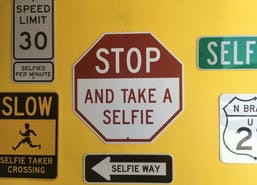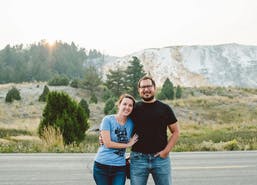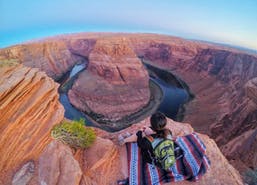Into The Wild in Healy, Alaska
In 1996, the journalist Jon Krakauer published a book called Into the Wild. It follows the life of a young man, Chris McCandless, who came to considerable fame by dying in the Alaskan wilderness near the town of Healy. Since then, Krakauer’s tale has been turned into a successful movie, and both the book and the film have made Chris McCandless into something like a pop-culture icon for travelers – a reputation that McCandless himself would probably have hated. It also doesn’t do the ideals that this man lived and died for justice.
Healy, Alaska is a rugged small town, only a few miles north of Denali National Park, which surrounds Mount Denali – or Mount McKinley, as it was formerly known – the highest peak in North America. Healy is home to an excellent craft brewery, the 49th State Brewery. Located on the side of the highway, they offer 12 delicious beers on tap, a large courtyard with benches and tables where locals and tourists from around the world eat, drink, and share their stories about the bears and moose they’ve seen and the adventures they’ve had in the Alaskan wild.

In a corner of the courtyard, next to a live music stage, sits the wreck of an old city bus, the pale green paint coming off in many places. “Fairbanks 142” is written on the side. Although the beer is fabulous, this decrepit bus is the main reason many tourists stop here. The car is a prop from the movie Into the Wild, and a pretty accurate replica of the bus that Chris McCandless used as a home during the months he lived in the wilderness about 20 miles west of Healy. It is also a replica of the place where McCandless died.
McCandless’ story has found us again and again since we started to plan our trip to Alaska. Somebody even told us “Don’t become the next Into-the-Wild-Dude up there”, meaning we shouldn’t go unprepared and underestimate the wildness and remoteness of the northern country. A strange comparison, given we can hardly go anywhere not accessible by car. Asked what they know about Alaska, chances are half of your drinking buddies at the bar or the friends at your potluck dinner will mention Into the Wild. Certainly almost every Alaskan will have heard of it.

It was only when we planned to go to Alaska for the summer that I learned about the story at all. I had known Into the Wild was a movie based on real events about a guy who died in the wilderness. That it was based on a book, that this tragedy has played out in Alaska at all, that people care about this person, or rather the story that McCandless’ tale embodies, I had no idea. After hearing about it over and over again, and especially after realizing we would travel through Healy, the town closest to the “wild” place where he had died, I decided I had to know more about this.
But what is the story of this Chris McCandless, and why does it matter to people?
Interestingly enough, both questions are not easy to answer. First of all, because McCandless himself left little more than photographs, a few letters, and markings and notes in the books he had read. His story is known because Jon Krakauer, an investigative journalist and writer, decided to research it and write it down. Secondly, McCandless’ tale means very different things for different people, the conclusions they draw from it are even contrasting, depending on their background and prejudice.
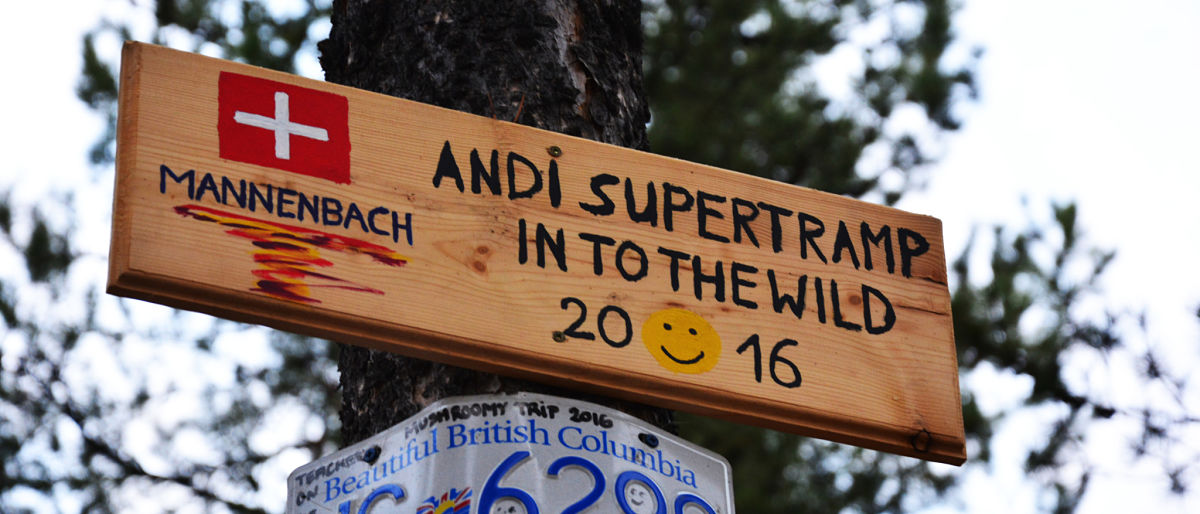
For many Alaskans, McCandless is a symbol, a classic example of a stupid young adventurer, coming to the Last Frontier with a head full of fluffy dreams and little connection to reality. For them, he died because he was inexperienced and careless, because he didn’t know what he had gotten himself into. The modern equivalent of a gold-rusher, only that he was chasing dreams instead of shiny metal. Some Alaskans we have talked to seemed almost offended that he could treat their wilderness with such utter disrespect.
For travelers across the globe, however, McCandless is a hero, a role model for a life off the grid and outside the norm. The fact that these life choices eventually killed him only seem to emphasize the appeal. In a way, McCandless is a modern martyr. He died for his belief that a different way of life is possible, a “traveler messiah”, dying for all of us wanderers searching for a way to live our dreams.
Standing in front of the brewery, we met a guy from Australia. “This is what I came to Alaska for,” he told us. He said his reason for visiting the state was to go on the Stampede Trail, the path leading to the actual bus that is still there, about 20 miles off the highway outside of Healy. He had arranged a tour with a local guide to take him to the bus, paying several hundred dollars. But due to the Teklanika river being too high – the same river that had stopped McCandless from returning from the wild – the trip was canceled. “But I found a guy in town,” he continued, as we stepped into the bus in the brewery yard, “he runs a helicopter business and he’ll take me to the bus tomorrow.” I asked him how much he had to pay for the ride. He replied, “It’ll be about a thousand bucks, I guess”. A trip to Alaska and a thousand dollars, just to see an abandoned bus in the woods, to see the place a young idealistic man decided to call home and where he perished trying to realize his dream.
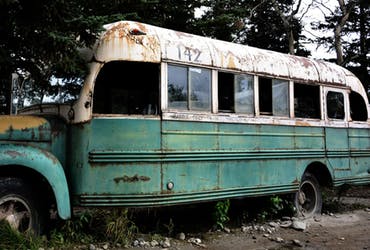
Since it became a legendary place, thousands of people have traveled the Stampede Trail to the bus, slept in the wreck, and left their mark. Graffiti lines the inside of the bus, we’ve been told. Some are by McCandless himself, but most are left there by his disciples, walking, driving, even flying into the wilderness to get to the “Magic Bus”, as McCandless had called it in a diary entry. Some who visit the bus get in over their heads, and have to be rescued by the State Troopers. One tourist, according to the Lonely Planet, even died trying to reach the bus in 2010.
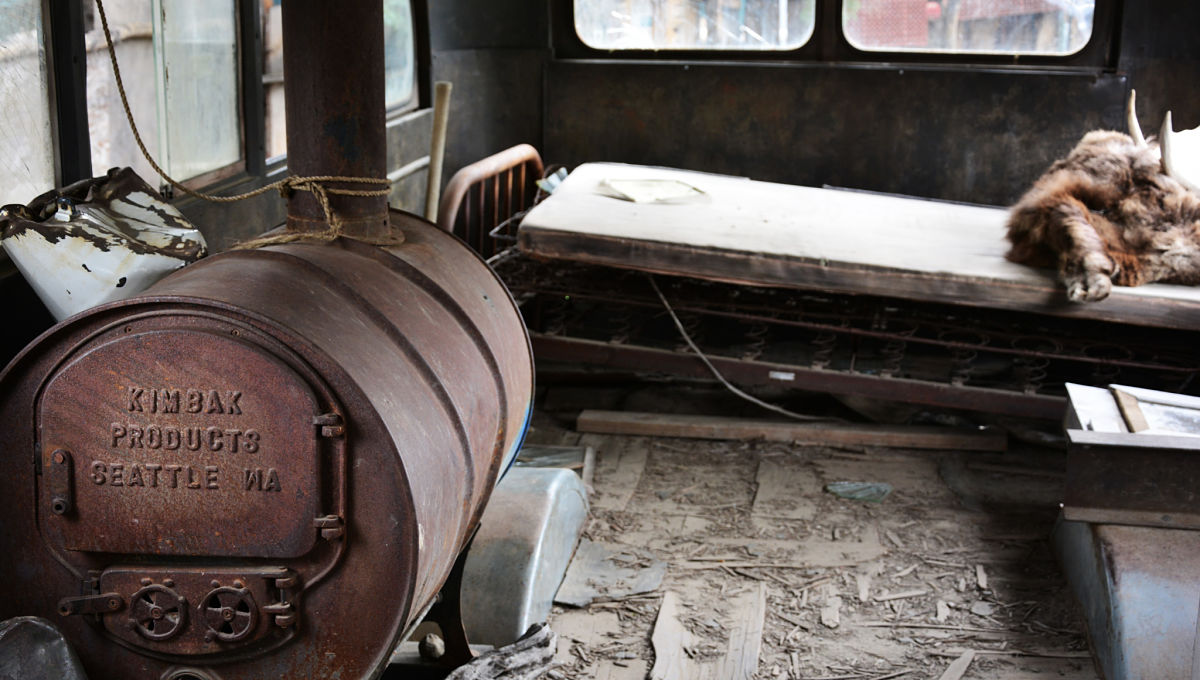
We decided against visiting the bus, partly because of the difficulty of reaching it, partly because we felt it wouldn’t feel “right” to go to this place as tourists, that we would somehow be dishonoring it.
So, what is it that rubs me the wrong way with how the story of Chris McCandless is treated by the traveler community? It has become a pop-culture icon, a caricature of a free life, appealing to millions. A shiny hipster Instagram version of what it was that – according to Krakauer – McCandless had tried to achieve. I feel it does not do justice to his ideals, ideals that I do not necessarily share in the extreme way that this kid lived them, but that are nonetheless in a similar direction of how we are trying to live our lives: on the road, outside the lines of what many consider the normal patterns of our society, and determined to fulfill our dream.

